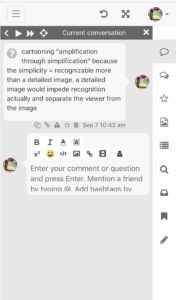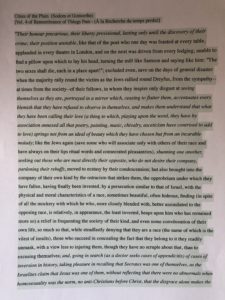Meeting 1: Reading and the KCC Context
Join us for our first fall 2019 FIG session on teaching reading, focusing on what reading means at Kingsborough and how we see reading in our own courses.
We will be reading Annie Del Principe and Rachel Ihara’s article “‘I Bought the Book and I Didn’t Need it’: What Reading Looks Like at an Urban Community College” and we’ll begin to think about the possibilities of making reading a priority in all our classes, across disciplines.
____________________
At this meeting, we discussed our observations of our students’ reading habits and how they often inhibit students from excelling in our courses. In conjunction with Ihara and Del Principe’s article, we also discussed how the use of textbooks, and department selected texts, often do not allow instructors to do the kind of reading work they know their students need. Often times, we see that our students need to start with texts that are accessible, before they can begin to grapple with abstract prose that present information using more complex language and conceptual and theoretical frameworks, which are often baked into formal textbooks.
As we continued to talk about Del Principle and Ihara’s article, we also thought about how we can ensure students are completing the reading. It was suggested that instructors do “completion checks” and assign credit for completing reading assignments. While this can be time consuming, one tool that came up was an online reading tool called Perusall. Perusall was created specifically to offer students a space to engage with texts, and each other, through online annotation. The platform also collects data on students completion and reading speeds, so the instructor can easily and quickly document when students have or have not come to class prepared, or where and what students found most confusing. An instructor could create a menu option on their course Blackboard site, named “Perusall”, and add a link to reach the site, so students could have easy access to the site. Instructors would need to simply upload all their readings to Perusall and provide assignment instructions and program a deadline for each reading.









